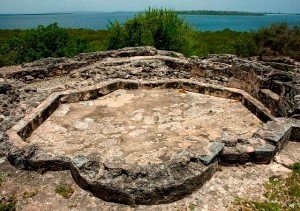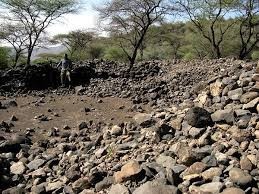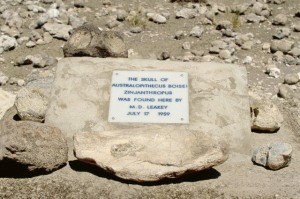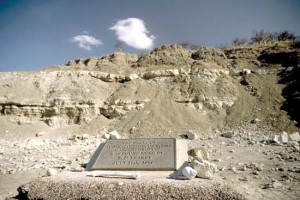When planning a big trip far from your Country you need someone who knows where you want to go. We know Tanzania as we are located here!.
You want the trip to be special and that’s why it’s important to use a specialist that can listen to your needs and help you create the perfect experience that you will remember for years to come.
For those interested in history and culture, we recommend a visit to the following historical sites while in Arusha for knowledge and experience about our past.
Engaruka Ruins in Arusha Tanzania
Engaruka is an abandoned system of ruins in the Great Rift Valley in northern Tanzania that is famous for its irrigation and cultivation system. It is considered one of the most important Tanzanian archaeological sites. Sometime in the 15th century, an Iron Age farmer community with a large continuous village area on the foot slopes of the Rift Valley escarpment, housing several thousand people had involved in irrigation and cultivation system, involving a stone-block canal channeling water from the “Crater Highlands” or a wide steep slope to stone lined cultivation terraces. Engaruka is located to the north of Mto wa Mbu, at about 63 kilometers, towards the road to Oldoinyo Lengai and Lake Natron. These ruins are lying at the foot of the rift valley escarpment.
Visitors can see abandoned remnants of the developed irrigation system, Old graves, Old irrigation canals, and terraces and house walls towards the ruin site.
Olduvai Gorge in Tanzania
In 1930s, Mary and Louis Leakey searched for earliest stone tools in east Africa for evidence that Africa was the place that humans evolved. The found tools in Olduvai Gorge was evidence of Africa as the first place of human existence. These Oldovai tools had sharp and shaped edges. It is a steep sided ravine in the Great Rift Valley about 30 miles (40 kilometer) along ravine that yielded numerous fossil remains, including the skull of the primitive Homo habilis (the human who used tools). Olduvai Gorge or Oldupai Gorge is located at the border of the Ngorongoro conservation area and the Serengeti National Park in Arusha northern Tanzania.
The site has remains of stone tools, animal bones, and other early hominid. Based on findings at Olduvai Gorge, and other places in Tanzania, scientists concluded that modern humans made their first appearance in East Africa. The fossilized footprints, showing the pre human hominids walking in an upright position was found by Mary Leakey at this site. Laetoli is also considered to be one of the greatest pastel anthropological discoveries of the twentieth century; footprints that are preserved in volcanic rock are dated back to 3.6 million years old.












